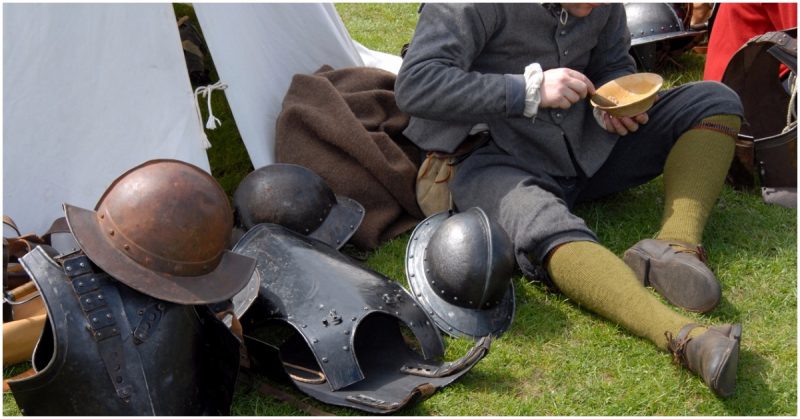By Guest Blogger Jemahl Evans
England in the middle of the Seventeenth Century was the most demilitarized nation in Europe. Contemporary accounts claimed that at the outbreak of the Civil War, only three men in England knew how to properly load a cannon.
Of course, this is an exaggeration, but the fact remains that there were few trained soldiers in England, no standing army, a poorly trained militia, and no industrial weapons complex.
Men with experience of war were at a premium in the early days of the conflict. The Earl of Essex, for example, had a generally undistinguished career in the Netherlands fighting against the Spanish, and Holy Roman Imperial armies, but he was automatically made commander of Parliament’s main force.
On the King’s side, the arrival of Prince Rupert of the Rhine and his brother Maurice, who had both been fighting in Germany, were part of an experienced cadre of Royalist offices, but they were still in the minority.
Oliver Cromwell and Thomas Fairfax, the two most successful parliamentary generals, learned their craft as the war progressed.
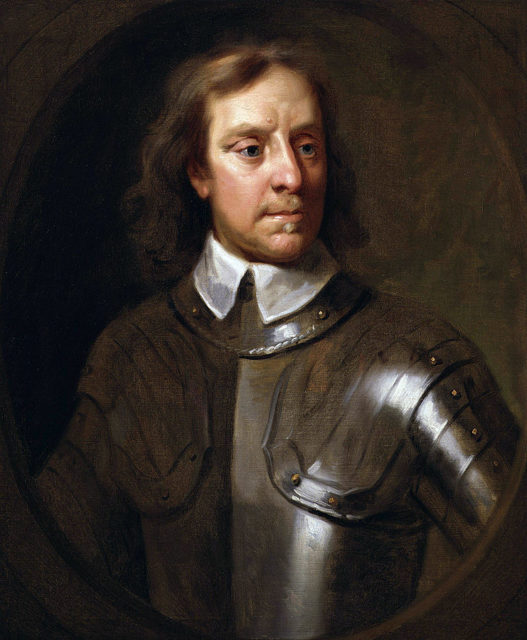
The Foot
The infantry, or Foot, were divided into two basic units: the pikes and the muskets. A pikeman carried a fourteen-foot pike that would be used to charge enemy formations, or ward off cavalry attacks. It is no surprise that ancient tactical textbooks from the classical period were updated for use in early modern armies on the continent and in England.
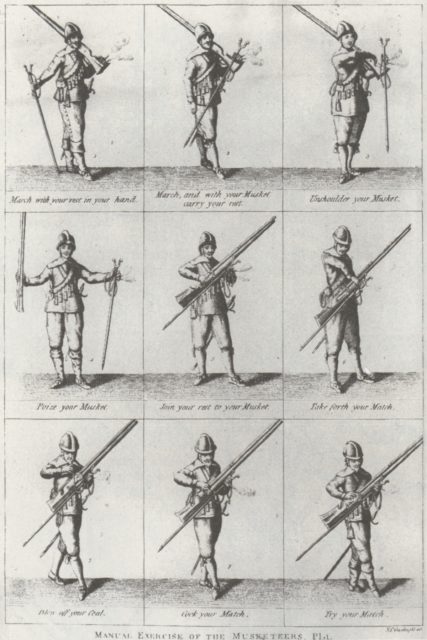
Alongside the pikes were the Musketeers who carried heavy matchlock muskets with stands at the outbreak of the war. The heavier stocks on the matchlocks were quickly upgraded to lighter styles of musket which could be carried more easily, and the stands were discarded. The textbooks recommended a ratio of 2 Musketeers to every pikeman. In the absence of bayonets, which would not be invented for another few decades, the Musketeers were reliant upon Pike phalanxes for protection. However, as the war dragged on, detached regiments of musketeers and no pikes became increasingly common. Even by the mid Seventeenth century, the concept of rate of fire that would dominate the battlefield during the Napoleonic period began to take hold.
However, as the war dragged on, detached regiments of musketeers and no pikes became increasingly common. Even by the mid Seventeenth century, the concept of rate of fire that would dominate the battlefield during the Napoleonic period began to take hold.
A century before the English Civil War, archers had still been a vital troop type in early modern armies. The wreck of the Mary Rose provides ample evidence of the longbow’s enduring importance, and there were still reports of bowmen being raised and used during the English Civil War. However, gunpowder had come to dominate the battlefield.
Ordnance
Whilst cannon was beginning to dominate the battlefields of Europe, the lack of standardization, mobility, and dizzying variety of shot types, size, and fashions meant that they were not yet a battle winner.
Mortars – great egg shaped guns – had already been developed, and were designed to fire shells filled with gunpowder high into the air so that it could go over town walls, and explode on impact or on the heads of enemy troops. The mortar was one of the most destructive weapons of the English Civil War, but it could be just as dangerous to its own crew. At the siege of Gloucester in 1643, the Poet Laureate William D’Avenant brought the greatest mortar in England to the siege, but it exploded at the first shot killing its crew. There is some suggestion that this could be the origin of the popular children’s nursery rhyme Humpty Dumpty.
There were other cannon types for the battlefield and naval warfare ranging from the tiny to the gigantic. The largest cannon needed a trained team of sixteen horses to drag them into place, and even smaller gun types needed at least four men.
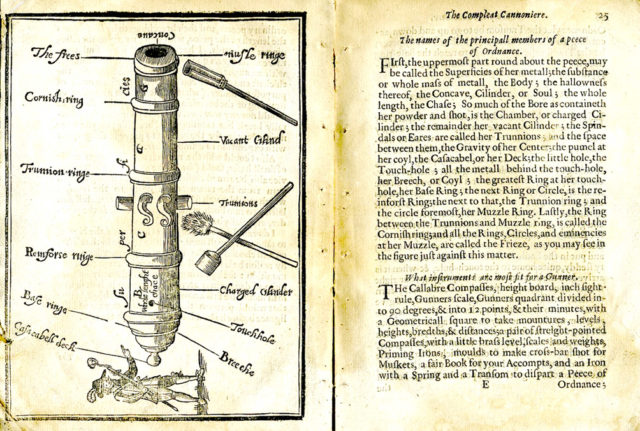
During a battle, the cannon would be dragged into place and remain static throughout the duration of the fight. On the continent, the Swedish King Gustavus Adolphus had revolutionized warfare with mobility – particularly with his ordnance, but the old cannon mostly employed at the start of the Civil War were too unwieldy and heavy to be used that way.
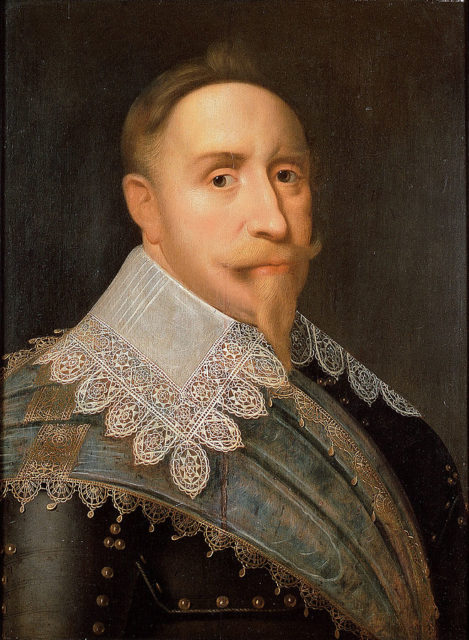
The ammunition used was generally an iron ball – although quarried stones were sometimes also used – that would be fired against town walls, or at massed enemy troop formations. Whilst a direct hit was undoubtedly fatal, the weapons were incredibly inaccurate. They also had a slow rate of fire with a strict step by step reloading process.
The Horse
Cavalry went through a number of tactical changes in the Early Modern Period. The charge of the armored knight designed to sweep all before it had been made obsolete by the range, accuracy, and rate of fire of the longbow. Whilst the aristocracy remained wedded to their armor and horse, large bodies of horse declined in effectiveness on the battlefields of the late medieval and renaissance. With the advent of handguns, the horseman became little more than a mobile firing platform. Tactics like the Caracole were designed so that the Horse could keep up near constant barrages, with constant rotating of reloading and firing men. However, the Swedish King Gustavus Adolphus had revolutionized warfare on the continent, including how to use the Horse and the charge was becoming important once more.
Prince Rupert of the Rhine was one of the first to recognize the potential of the charge in the English Civil Wars. At the first major pitched battle of the war (Edgehill October 1642) Parliament’s poorly trained Horse planned to receive Rupert’s Horse with pistol fire – no doubt expecting the Prince’s troops to return the compliment. Instead, Rupert led his men in a direct charge on the enemy, discharging their pistols at the last moment, and closing with the sword. The roundhead troopers were swept away in a panic with the Cavaliers chasing after them.
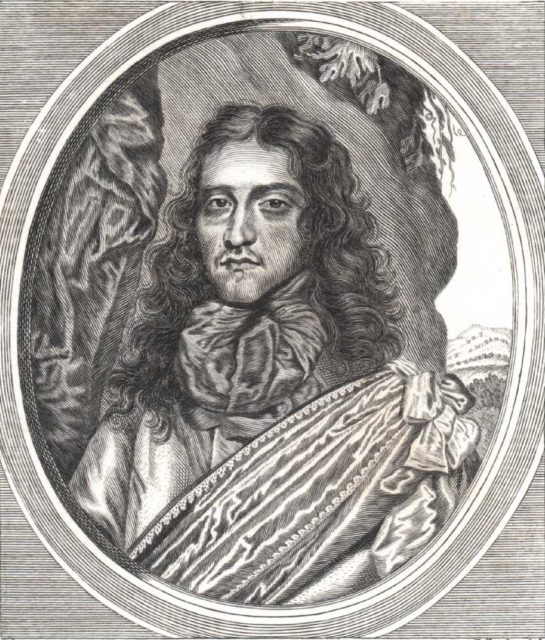
Most horsemen carried a pair of pistols, or a short carbine, and a sword. Their main protection was a thick leather coat – known as a Buff coat – that was good enough to deflect sword blows. Whilst there were some units that still wore an almost medieval level of metal armor like Haslerig’s lobsters, the trend was against it and in favor of mobility. By the end of the wars, even the officers were discarding their breastplates and gorgets (neck armor), although the metal helmet remained popular until the late Seventeenth Century.
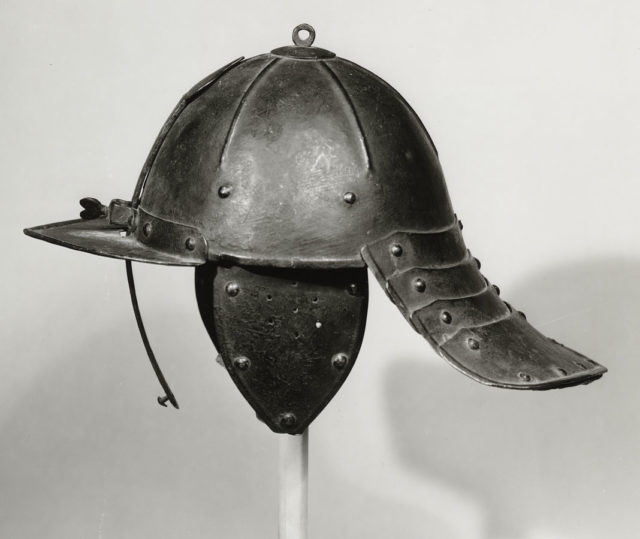
Dragoons
Dragoons were a very popular troop type during the English Civil War, particularly when garrisoning hostile areas – indeed the word dragooning (to force someone into doing something) has its origins in the period when troops were an unwelcome addition to most towns. Essentially, dragoons were mounted musketeers armed with a carbine. In a battle, they would dismount and provide covering fire from the army’s flanks. As a garrison force, their mobility made them perfect for dealing with widespread threats and controlling a large area.
Author: Jemahl Evans – Look out for more of his work in the future!
